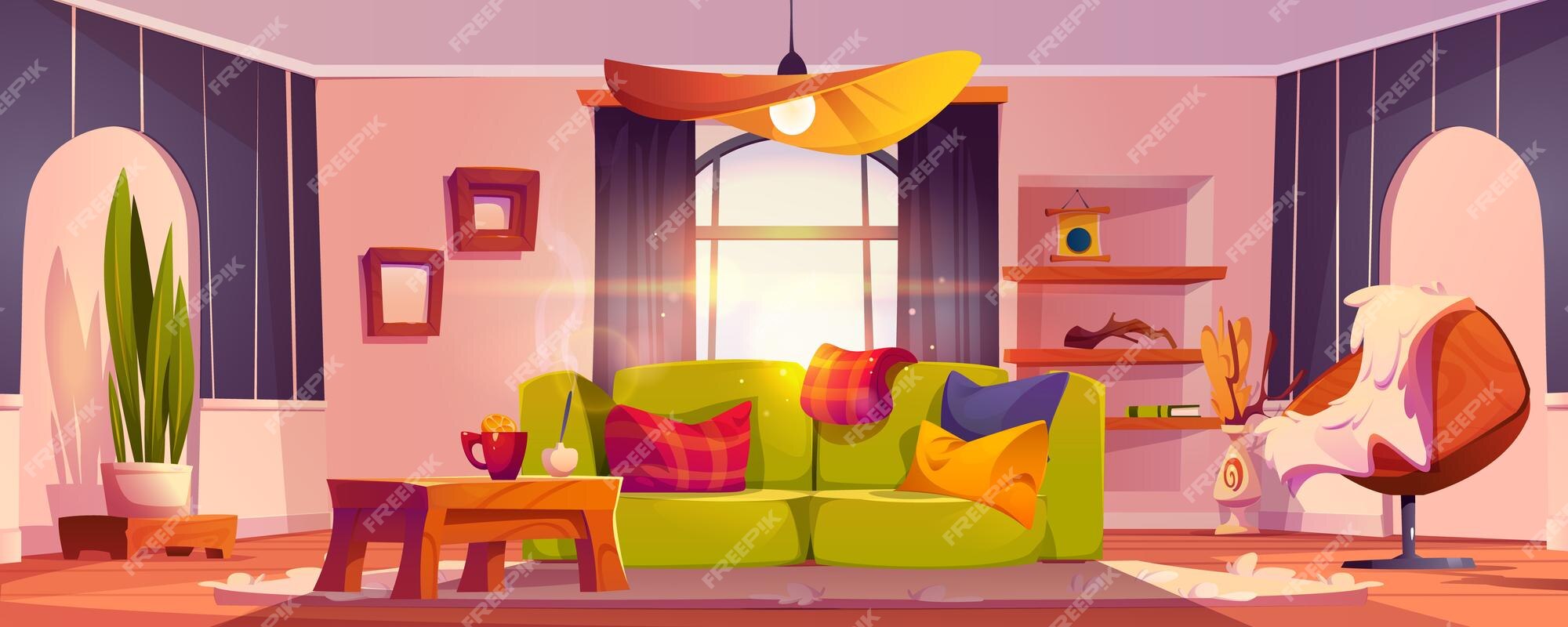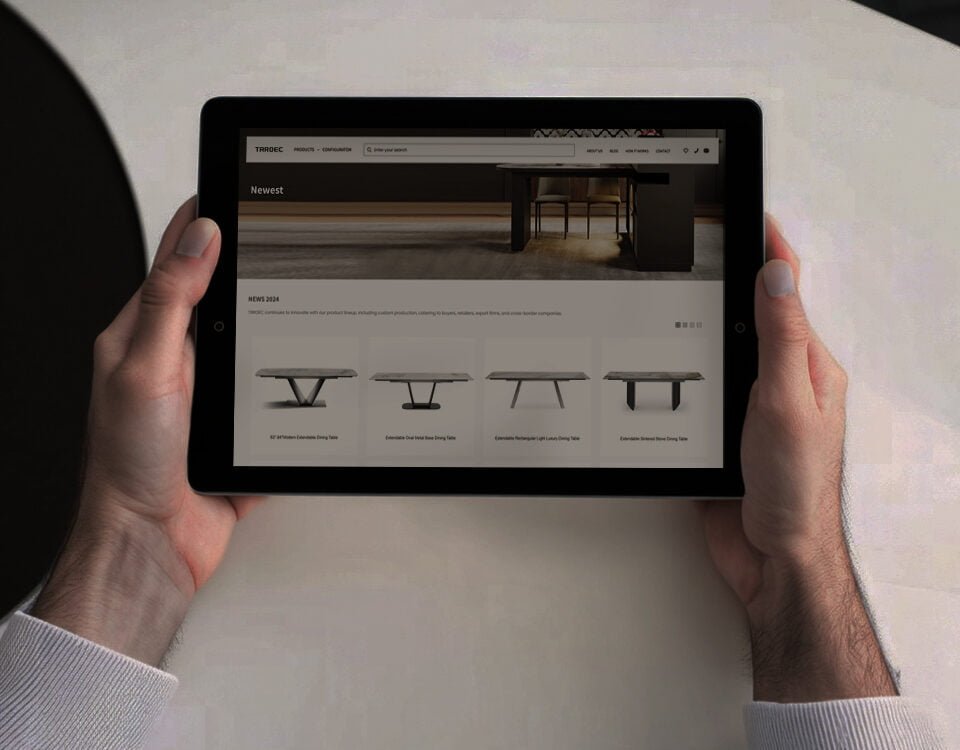Minimalism has emerged as a powerful trend in the world of interior design, especially when it comes to furniture. This approach emphasizes simplicity, functionality, and a clutter-free environment, allowing homeowners to create spaces that feel open and serene. As more people seek to simplify their lives and focus on quality over quantity, the demand for minimalist furniture is on the rise. Let’s explore how minimalism is shaping the furniture industry and why it resonates so deeply with today’s consumers.
The appeal of minimalist furniture lies in its ability to blend seamlessly into any interior while offering practical utility. With clean lines, neutral colors, and an emphasis on functionality, minimalist furniture creates a calming environment. For instance, a minimalist living room might feature a sleek, low-profile sofa paired with a simple coffee table, maximizing space without overwhelming the senses. This style encourages homeowners to focus on essential pieces, enhancing both comfort and style without the need for excess.

Minimalism also appeals to those who are environmentally conscious. By emphasizing fewer, higher-quality pieces, minimalist design naturally aligns with sustainable living. Furniture items are often crafted from durable materials like wood, metal, and natural fabrics, which are both long-lasting and eco-friendly. Moreover, the focus on sustainability is reflected in minimalist furniture through the use of reclaimed or sustainably sourced materials, which appeal to consumers who prioritize reducing their environmental footprint.
In a minimalist home, multifunctional furniture is often favored. Pieces that serve multiple purposes, such as a bed with built-in storage or a table that doubles as a desk, allow for greater flexibility and utility. This is particularly appealing for those living in smaller spaces, where maximizing every square foot is essential. Multifunctional designs not only contribute to the aesthetic of a minimalist space but also support the practical needs of modern urban living.

The popularity of minimalism is also closely tied to a desire for mental clarity and well-being. A cluttered home can often lead to a cluttered mind, while a minimalist space promotes a sense of calm and focus. In fact, many minimalist designs incorporate elements of nature, such as indoor plants and natural lighting, which enhance the overall sense of tranquility. This approach encourages mindful living, where each piece of furniture has a purpose and adds value to the home.
As minimalist design continues to evolve, furniture manufacturers are increasingly offering customizable options that allow consumers to personalize their spaces without deviating from minimalist principles. Options like interchangeable cushions, modular shelving, and customizable finishes allow homeowners to put their unique stamp on a space while maintaining a simple and cohesive aesthetic. This trend towards personalized minimalism makes the style accessible to a broader range of consumers, catering to individual tastes and needs.
Minimalism in furniture design is more than just a trend—it’s a reflection of a broader cultural shift towards simplicity and intentional living. As consumers continue to embrace minimalism, the furniture industry will likely see an increased demand for pieces that offer both functionality and timeless appeal. For businesses, staying ahead in this market means prioritizing quality, sustainability, and customization, ensuring that minimalist furniture continues to resonate with consumers seeking peace and purpose in their homes.


